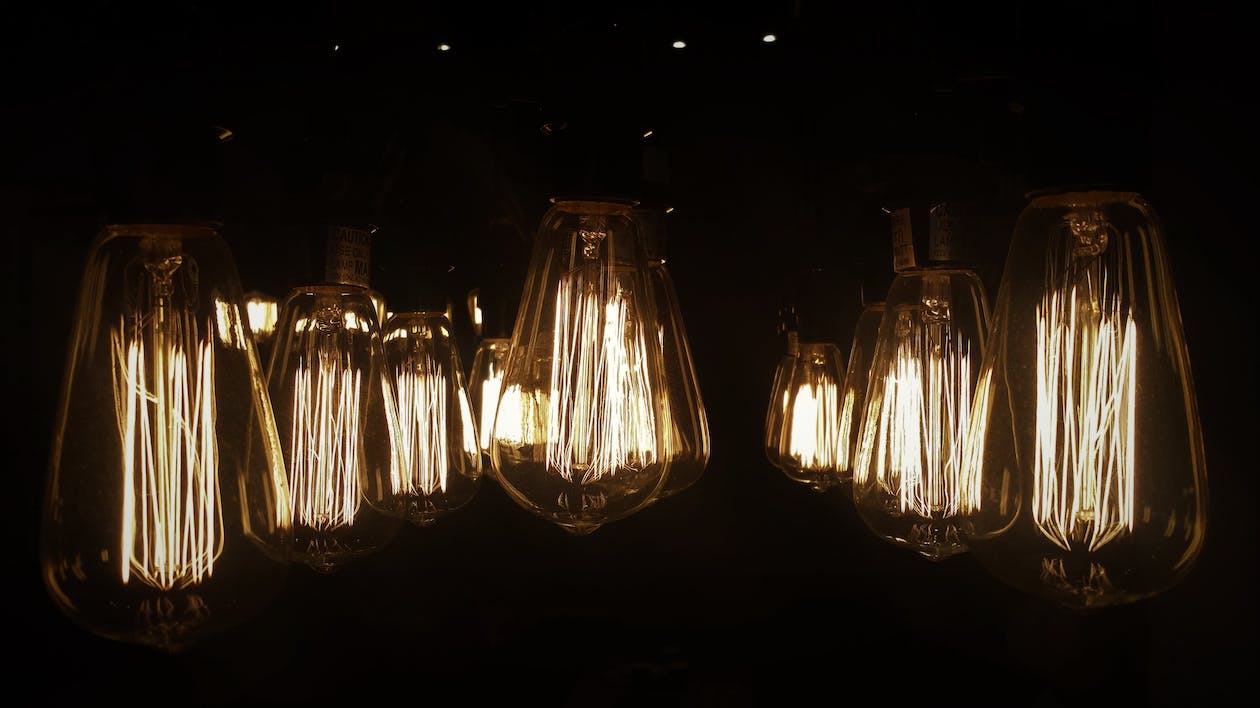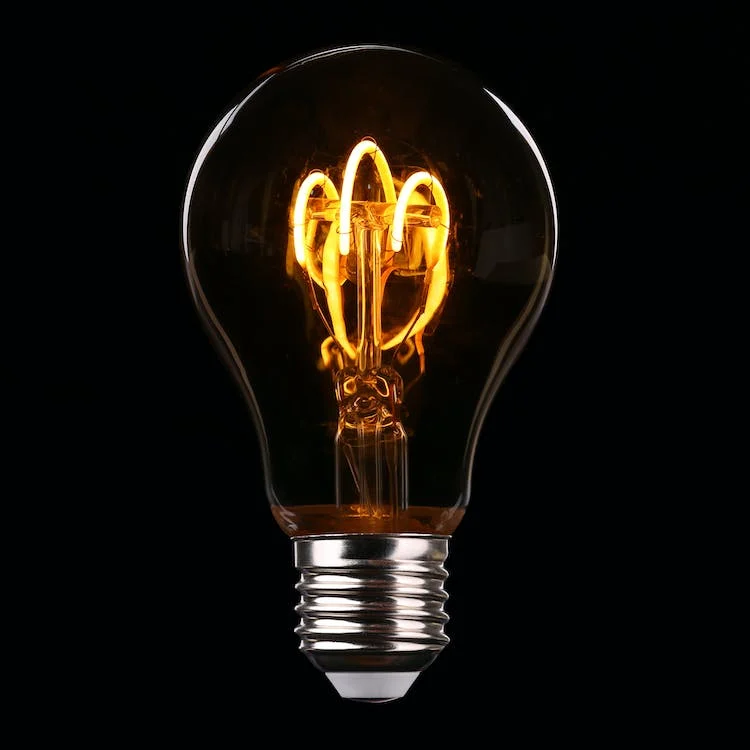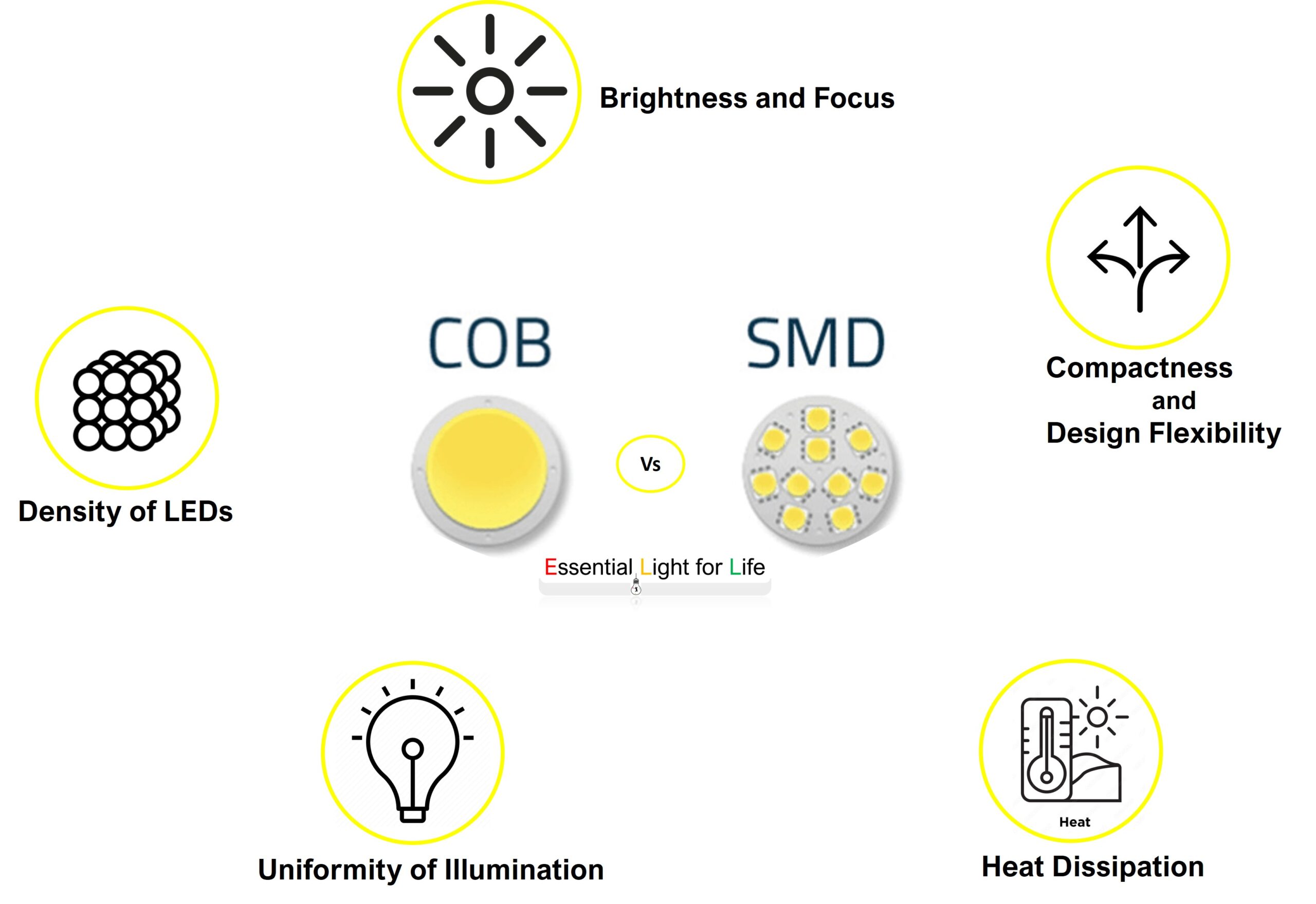This article covers various future trends in LED technology, providing insights into the exciting advancements shaping the field.
The world of lighting is undergoing a revolution, and at the forefront of this transformation is LED (Light Emitting Diode) technology. As research and development in the field continue to advance, we find ourselves on the cusp of an illuminated future where LEDs will play a central role. In this article, we’ll delve into the exciting trends shaping the future of LED technology.
1. Innovations in Semiconductor Materials
At the heart of every LED is a semiconductor material that emits light when an electrical current is applied. Recent breakthroughs in materials science have paved the way for more efficient and versatile LEDs. Gallium Nitride (GaN) is one such material that promises enhanced performance and durability. Its wide bandgap and high thermal stability make it ideal for pushing the boundaries of LED efficiency.
2. Quantum Dots: Unleashing a Spectrum of Colors
Quantum dots are microscopic semiconductor particles that can emit light of various colors when excited by an energy source. In LED technology, they offer a breakthrough in achieving a wider color gamut and more accurate color reproduction. This innovation is poised to revolutionize display technology, leading to brighter, more vibrant screens in televisions and monitors.
3. Smart Lighting and IoT Integration
The integration of LEDs with Internet of Things (IoT) technology is opening up new dimensions in lighting design. Smart lighting systems can be controlled remotely via smartphones or voice commands, allowing for personalized lighting experiences. Moreover, these systems can respond dynamically to environmental factors like occupancy, daylight levels, and user preferences, contributing to energy savings and enhanced user comfort.
4. Human Centric Lighting
One of the most exciting trends in LED technology is the emergence of Human Centric Lighting (HCL). This approach focuses on designing lighting solutions that align with our natural circadian rhythms, promoting well-being and productivity. HCL systems adjust color temperature and intensity throughout the day, mimicking the natural progression of sunlight and thus positively influencing our mood and alertness.
5. Li-Fi: Illuminating the Future of Communication
Li-Fi (Light Fidelity) is a groundbreaking technology that uses modulated LED light to transmit data. With speeds potentially surpassing those of Wi-Fi, Li-Fi has the potential to revolutionize communication networks, especially in areas where traditional wireless signals face challenges. Imagine internet access and data transfer facilitated by the very lights illuminating our spaces.
6. Energy Harvesting with LEDs
Researchers are exploring ways to harness the ambient light surrounding LEDs to power small electronic devices. By utilizing the excess light emitted by LEDs, it’s possible to create self-powered sensors and low-energy gadgets. This advancement holds tremendous potential for the Internet of Things, enabling a new generation of energy-efficient, wireless devices.
Conclusion
The future of LED technology is luminous with possibilities. From the development of novel semiconductor materials to the integration of LEDs with IoT and the advent of Human Centric Lighting, we stand on the brink of an era where lighting is not just functional, but intelligent and responsive. As these trends continue to evolve, we can anticipate a world where illumination is tailored to our needs, enhancing both our efficiency and well-being.
In summary, the future of LED technology is not just about light; it’s about innovation, efficiency, and a profound impact on how we experience and interact with our environment.
Frequently Asked Questions
1. What is the future of LED technology?
The future of LED technology looks promising with ongoing advancements. We can expect further efficiency gains, expanded applications, and integration with emerging technologies like IoT. Innovations in semiconductor materials and smart lighting solutions will likely play a pivotal role.
2. What is the future of the LED lighting industry?
The LED lighting industry is set for continued growth. It will likely witness increased adoption across various sectors including residential, commercial, industrial, and automotive. As energy efficiency and sustainability become more critical, LEDs will dominate the lighting market.
3. What are the trends in LED technology?
Current trends in LED technology include the development of advanced semiconductor materials like Gallium Nitride (GaN), the integration of Quantum Dots for enhanced color reproduction, smart lighting systems with IoT capabilities, and Human Centric Lighting for improved well-being.
4. What will replace LED in the future?
While it’s challenging to predict a specific replacement for LED, emerging technologies like OLED (Organic Light Emitting Diodes) and MicroLEDs are potential candidates. These technologies offer unique advantages and could carve out their niches in the lighting industry.
5. What is the future of LED lights in India?
In India, the future of LED lights is bright. Government initiatives promoting energy efficiency and sustainability are driving the adoption of LED lighting across the country. With a large population and a growing economy, India represents a significant market for LED technology.
6. What are new trends in lighting?
New trends in lighting encompass Human Centric Lighting (HCL), Li-Fi technology for data communication via light waves, and the integration of AI and sensors for adaptive lighting solutions. Additionally, advancements in materials science and sustainability are shaping the future of lighting.
7. What is the future of smart lighting?
The future of smart lighting is intelligent and interconnected. It involves systems that can adapt to user preferences, respond to environmental conditions, and communicate with other smart devices. Integration with voice assistants and automation technologies will further enhance user experiences.
8. What is the new LED light technology in 2023?
In 2023, new LED light technology may focus on even more efficient semiconductor materials, advancements in Quantum Dot technology for displays, and further integration of LEDs into IoT ecosystems for smarter and more energy-efficient lighting solutions.
9. What is the new lighting technology in 2023?
New lighting technology in 2023 may feature breakthroughs in OLED lighting, which offers thin, flexible, and potentially transparent light sources. Additionally, MicroLED displays are expected to advance, potentially influencing the lighting industry as well.
10. What is the latest type of LED?
The latest type of LED includes innovations in advanced semiconductor materials, such as Gallium Nitride (GaN) LEDs, which offer improved efficiency and durability. Additionally, Quantum Dot LEDs are making strides in displays, providing a wider color gamut.
11. What is the future of the LED bulb business?
The future of the LED bulb business looks promising. As the demand for energy-efficient lighting continues to rise, LED bulbs are expected to dominate the market. Innovations in design, efficiency, and smart lighting capabilities will likely drive the growth of this industry.
12. Which company is better for LED?
Several companies excel in LED technology, including industry leaders like Philips, Panasonic, Osram, Cree, and GE Lighting. However, the “better” company depends on specific needs, such as residential, commercial, or industrial applications, and individual preferences for factors like cost, quality, and innovation. It’s advisable to research and consider factors relevant to your specific requirements when choosing an LED provider.




